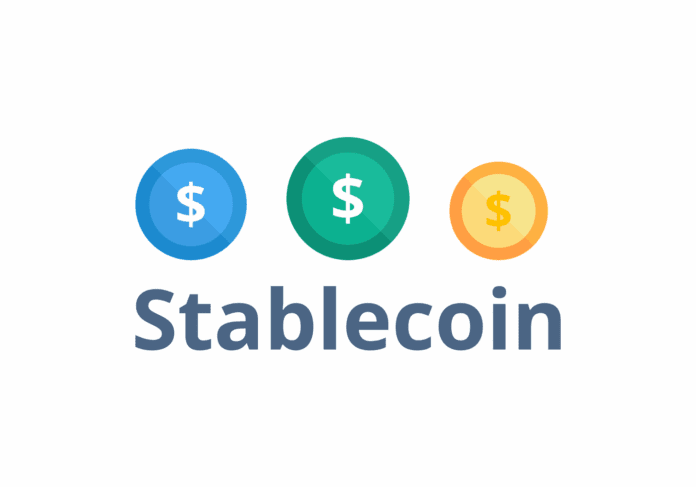In the fast-evolving digital finance landscape, stablecoins have quietly become one of the most profitable instruments in the market. But what exactly makes them so attractive to issuers? And is the business model really just a modern form of “money printing”? The answer is more nuanced — and more strategic.
Why Issue a Stablecoin? The Business Case
At its core, a stablecoin is a tokenized IOU, backed 1:1 by fiat currency (usually USD) and held in reserve by the issuer. On the surface, this might seem like a neutral financial instrument. But in reality, it opens up multiple high-margin revenue channels:
| Revenue Stream | Mechanism |
|---|---|
| Interest on Reserves | Issuers hold user deposits in low-risk, high-yield instruments like U.S. Treasuries. With zero interest paid to users, the spread becomes pure income. |
| Transaction and Liquidity Fees | Institutional customers pay fees for minting, redeeming, and transferring large amounts of tokens. |
| Treasury & API Services | Exchanges, fintechs, and payment platforms pay for white-labeled integrations and custody solutions. |
| Network Effects & Market Positioning | A dominant stablecoin becomes the default on-ramp and settlement asset across DeFi, CEXs, and wallets — leading to deeper integration and greater pricing power. |
At today’s interest rates (≈4–5%), a US $100 billion float can generate $4–5 billion in annual revenue, largely passively.
But Is That “Printing Money”?
Not quite.
It’s easy to conflate stablecoin issuance with seigniorage — the profit central banks earn by issuing non–interest-bearing money. Stablecoin issuers do capture a private version of this margin, but under far stricter constraints:
- 100% Reserve Requirement: Under frameworks like MiCA in the EU or proposed U.S. legislation, issuers must fully collateralize every token in high-quality liquid assets.
- No Credit Creation: Issuers cannot lend against deposits — unlike traditional banks.
- Redemption Rights: Holders can redeem tokens for fiat at any time, forcing issuers to maintain constant liquidity.
In other words, value is created from the yield on reserves — not from inflationary token issuance.
Strategic Value Beyond Yield
Stablecoins aren’t just cash cows — they’re also infrastructure power plays. Issuers that achieve significant market share gain leverage in multiple directions:
- Regulatory Influence: A systemically relevant stablecoin becomes a stakeholder in financial rule-making.
- Cross-Border Payments: The ability to move fiat-equivalent assets instantly and cheaply opens new corridors in global finance.
- Tokenization Gateway: Stablecoins serve as the base layer for tokenized assets, CBDC bridges, and programmable payments.
Circle, Paxos, and Tether aren’t just issuing tokens — they’re positioning themselves as next-generation financial utilities.
Risks: It’s Not All Passive Income
While the economics are compelling, issuing a stablecoin carries significant risk:
- Interest Rate Volatility: Lower yields can compress margins quickly.
- Regulatory Scrutiny: Compliance failures (e.g. unverified reserves) can result in bans, fines, or reputational collapse.
- Liquidity Risk: Poor reserve management can trigger redemption runs in times of market stress.
- Jurisdictional Uncertainty: Multi-market operations face evolving and sometimes conflicting legal obligations.
Conclusion: Not Magic, But Margin
Issuing a stablecoin isn’t “printing money,” but it’s arguably the closest a private entity can get — legally and profitably.
Done right, it delivers:
✅ Recurring yield
✅ Network dominance
✅ Strategic leverage in digital finance
But it demands:
⚠️ Transparent reserve management
⚠️ Strong compliance infrastructure
⚠️ Global regulatory alignment
In the end, stablecoins are more than just digital dollars — they’re the financial rails of Web3. And for those who control the rails, the upside is as real as the scrutiny.




